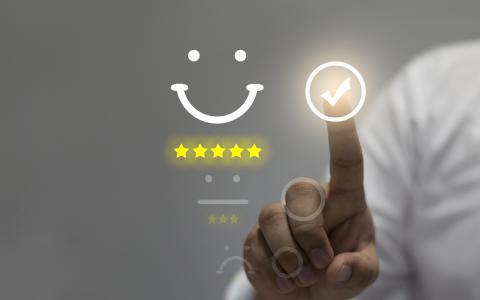
(interiors and sources) -- Much like the sustainability movement did 15 years ago, wellness is reshaping the way our industry thinks about interiors and the impact they have on human health.
To be sure, the Global Wellness Institute reports that wellness real estate represented a $134 billion global market in 2017 and is projected to grow to $198 billion by 2022. Further, wellness real estate represents about 1.5% of the total annual global construction market and about half the size of the green building industry worldwide, GWI found.
Like any influential trend, wellness has reached a tipping point because people are connecting the dots and taking steps toward positive change.
In the senior living market, for example, designers like Jane Rohde of JSR Associates, realized years ago that there was a disconnect between what clients needed and the end product that was delivered.
“I saw a huge gap between operations and function and design, and what they were providing,” she recalls.
As such, Rohde launched her own practice to fill the void and suggests we need a wholesale reinvention of the existing long-term care and social service paradigm to shift the focus back to where it belongs: on people.
Rohde also wrote about Houston’s Legacy Community Health This is a story and mission to understand and evaluate for replication throughout the country.
“To be able to provide supportive design solutions that change people’s lives gets to the heart of humanistic approaches to the design process that results in a healthcare game changer,” she writes.
Likewise, companies like 3form are embracing the wellness trend by taking a radical approach to its new Salt Lake City campus, which includes a 14,500-square-foot gym complete with equipment, multipurpose workout rooms, training staff and an on-site healthcare clinic staffed with a doctor and nurse practitioner. Following the opening of the facility, 3form implemented a policy that says employees who use the gym and comply with a set of health metrics would qualify for discounts on monthly healthcare payments.
It’s hard not to notice the number of privacy pods that have popped up in the market recently as well.
An example highlight is OpenSeed, a meditation pod that syncs sound, aroma, lighting and science-based meditation practices with a built-in touchscreen that’s intended for stressful and high-traffic spaces.
This pod and others like it are intended to address the mental component of wellness by providing a place of quiet and respite, which have been shown to improve people’s overall sense of well-being.
Of course, any discussion about designing interiors for wellness should also consider the role that light plays on human health and emotions.
IDEC references research that demonstrates how light has the role of contextualizing objects within the environment with its capability of driving human perception and emotions as well as its influence on bodily and mental wellness.
Light also has a direct impact on circadian rhythm. A recent study commissioned by international hotel chain IHG found that four in five people have trouble sleeping when traveling. As a result, the hotel chain has incorporated the JOURNI Mobile Task Light, a guest-controlled circadian lighting system powered by Health by Lighting Science, to help its guests get a better night’s sleep.
Finally, Nancy Bounds of AAHID explains how haptics and color affect us. Bounds note that while many designers are creating environments dominated by shades of white in an effort to provide a more neutral backdrop to our busy lives, she urges designers not to forget to add color bold enough to engage our haptic sense. “Through lighting, color and atmosphere, let’s help people find their happy place,” she says.
At the end of the day, design wields tremendous power over not only the spaces we inhabit but also the emotional and physical well-being of occupants.
That's something we can all feel good about.



